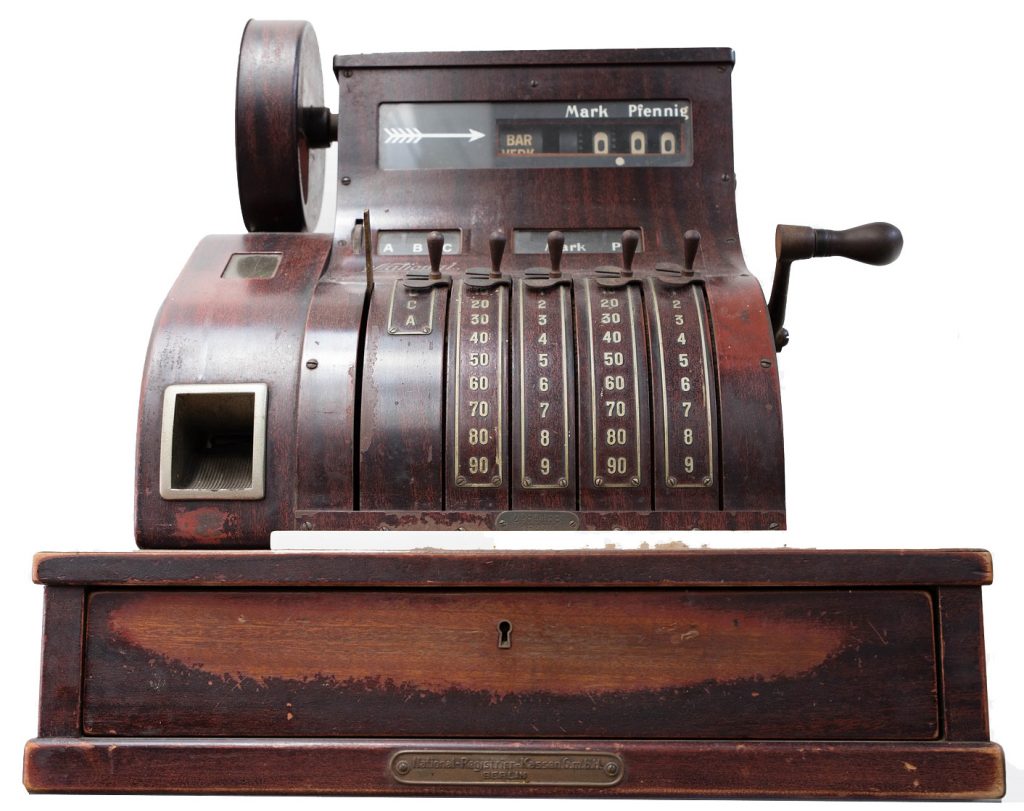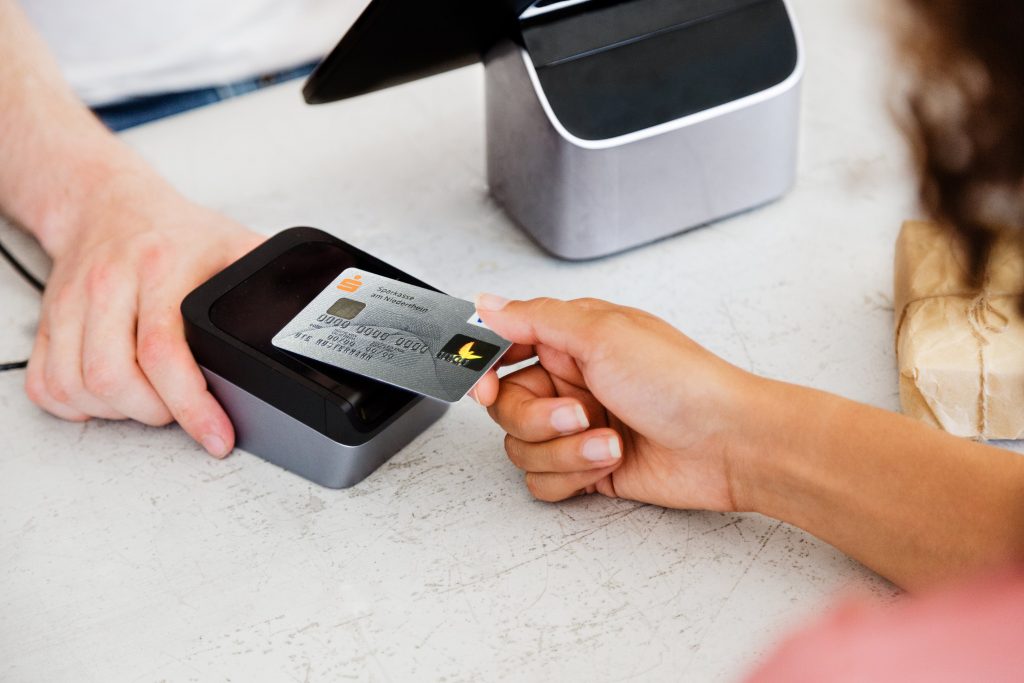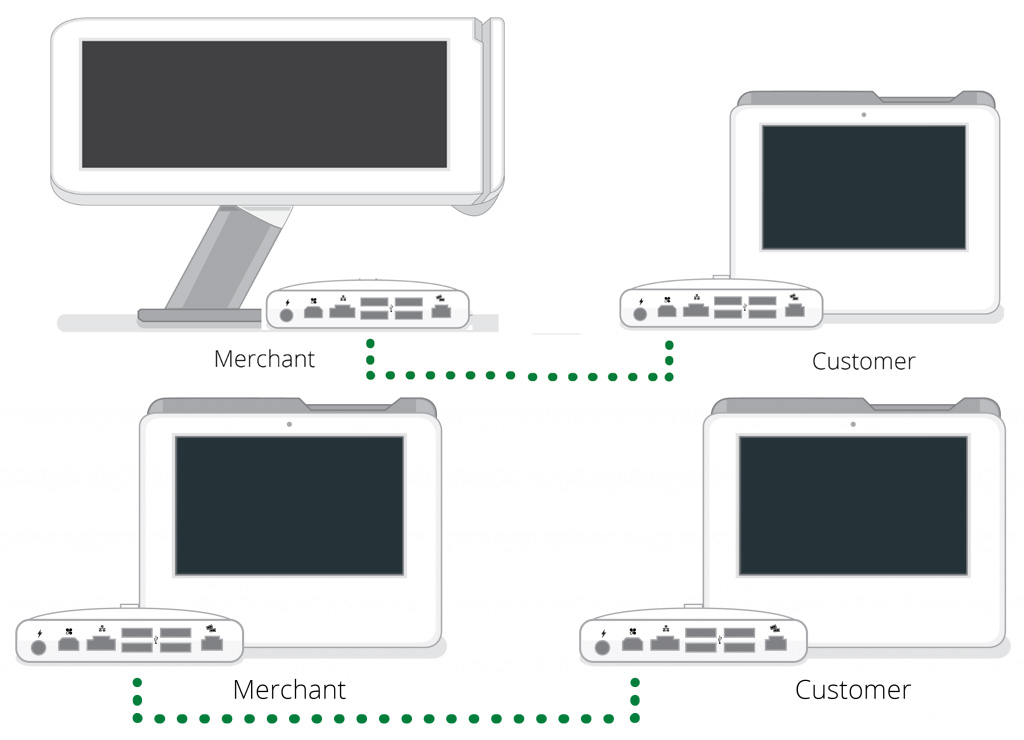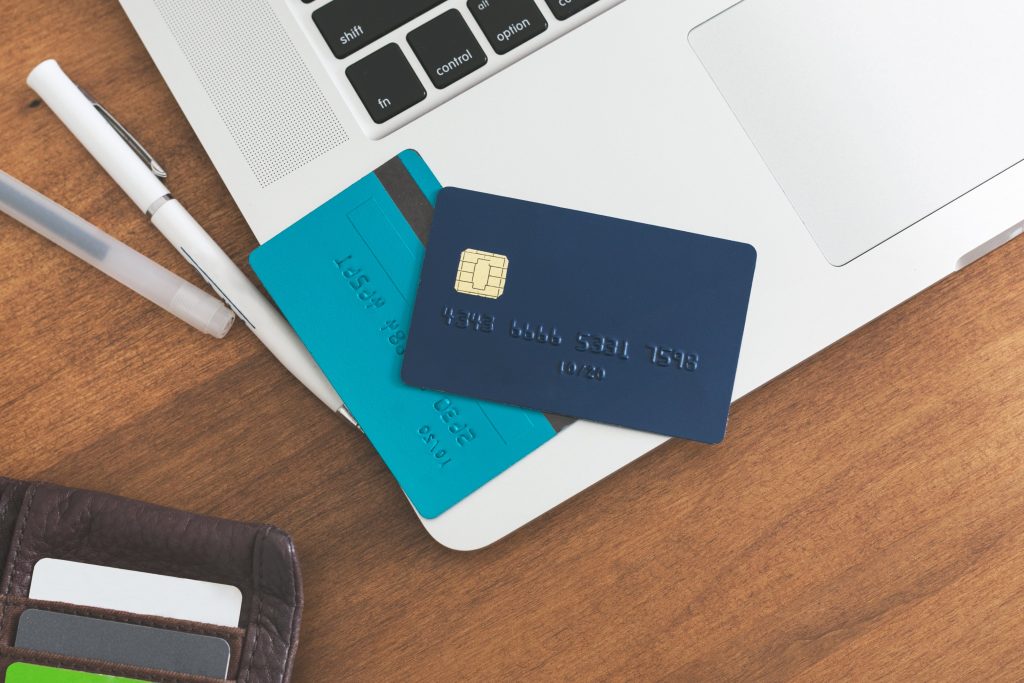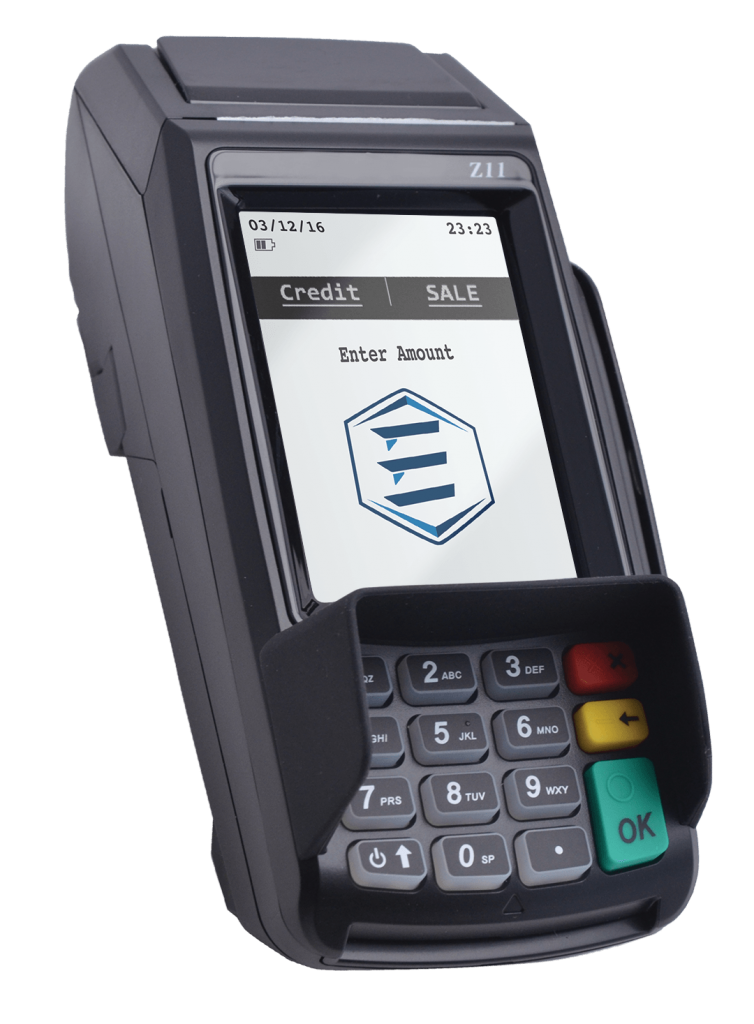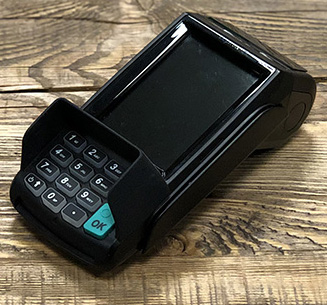July 30th, 2020 by Evan V
Avoiding Equipment Leases
Filed in: Merchant Accounts |
There is a reason we typically do at least one article a year regarding equipment leases and why we think they are a bad idea in most cases. It is simply because they are still prevalent in the industry, and merchants are still being sold on something they don’t fully comprehend until it is too late. Paying incrementally can be a major benefit for many businesses for equipment purchases, but at what overall expense? There is a fine line between an acceptable loss on a deal, and being taken for a ride that doesn’t end. Sometimes with some simple searches, a couple of phone calls, a merchant can save countless headaches and a similar number of dollars

Value
It seems like a simple concept and makes sense in some circumstances. I mean around 1 out of 4 people choose a leasing option for their vehicles, why not on their processing equipment?
Most people have an idea about how much a car is worth. People know that a 2020 Ferrari is going to cost more than a 2010 Honda Civic. The same is not always true about processing equipment especially when it comes to used value.
The typical reason that merchants get caught up in leases is simply that they don’t know the equipment’s value. Some sales agents push lease, and many use it as an option for their potential customers. But those potential customers don’t always understand what they are getting into with a lease.
Example: A sales rep is setting up a merchant business, and the business needs two credit card terminals. The sales rep explains for just $29.95 per month, we’ll install and set up two VX-520’s and include a lifetime warranty. The merchant, not knowing anything about this equipment may think $29.95 a month is a fine deal at first. Then down the road, the merchant looks online and finds that same VX-520 selling for under $200. Its easy realizes that with the 48-month lease, they will be spending at least double what they could have paid for the same equipment. Then they try to cancel their lease and return the equipment only to find its uncancelable.
This example may seem unlikely to some, but unfortunately, it is not. We have come across this situation and much worse many times. By simply knowing the value of the equipment being leased or purchased, a merchant can get a good understanding of what kind of deal they are getting.
Getting out of an Equipment Lease
The simplest answer is you don’t. Signing a lease is essentially like taking out a loan for the processing equipment. The merchant is agreeing to pay back the value of the equipment agreed upon, at the designated terms. Every contract will be structured differently, but this is really where the fine print comes into play. If it is within a certain time, some equipment leases have an opt-out clause which will let you get out of the agreed lease. Sometimes an equipment lease will also have a buy out clause, which will enable a merchant to buy out the lease agreement for a lesser or perhaps even a larger sum than the total cost of the lease.

There is no easy or desirable answer to get out of an equipment lease agreement. If a merchant decides to simply stop paying the lease, in all likely hood the lease will accrue penalties and be pushed to collections. It is entirely possible the lease company will seek to resolve the dispute in court depending on how much is owed on the lease. To put it best; don’t agree to a lease if you don’t know the value of equipment and are not prepared to pay the total amount agreed upon.
Other Options
Before going through signing up an equipment lease, it would not be a waste of a merchant’s time to explore other options. Many processors will work with their merchants and sometimes break up charges of the equipment if a merchant does not want to go through a lease agreement.
Do the math on how much the equipment really costs and ask if it is really worth upgrading or changing equipment. Essentially look at every other possible option before even considering going into a lease. Because once you’re in, you’re in.
Leasing Summed Up
It is of note, not all leasing agreements are a total rip off. Sometimes on higher-priced equipment or under reasonable terms it can be very beneficial for a merchant to investigate leasing options. The purpose of this article is to encourage research, both for the value of equipment and the terms of the lease. The processing industry has taken a very positive turn of full disclosure, and trustworthy services when compared to its initial procession. Please don’t hesitate to contact us at the Merchant Store with any questions or concerns.
The Merchant Store, 800-937-3850 info@usmsi.com












